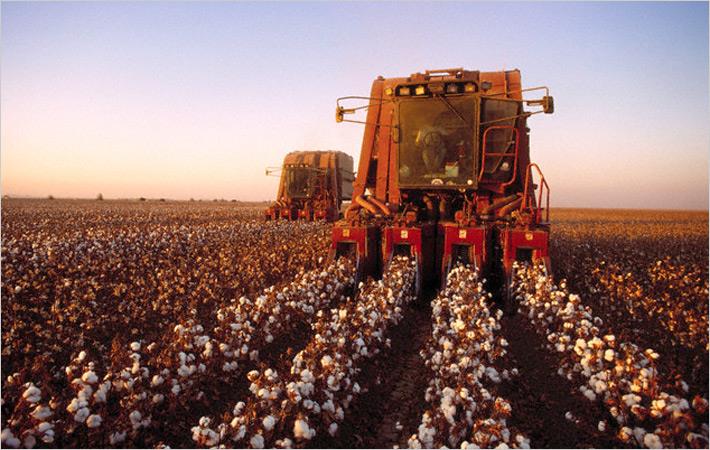US-China trade tensions create uncertainty for cotton

In her analysis of the NCC Annual Planting Intentions survey results, Dr Jody Campiche, NCC vice president, Economics & Policy Analysis, said the organisation has projected US cotton acreage to be 14.5 million acres in 2019 – 2.9 per cent more than 2018.
Prior to the implementation of tariffs, the US was in a prime position to capitalise on the increase in Chinese cotton imports. With the imposition of the 25.0 per cent tariff, China has turned to other suppliers during the 2018 marketing year, allowing Brazil, Australia, and other countries to gain market share. Vietnam is currently the top export market for the 2018 crop year, followed by China and Mexico.
Assuming a resolution to the US-China trade dispute, China is expected to increase mill use in 2019 to 41.4 million bales. With a further reduction in stocks for the 2018 crop year, China’s imports are expected to increase in the 2019 crop year to 11.1 million bales. Chinese stocks are projected to fall by 4.2 million bales during the 2019 marketing year to 28.2 million bales. With a resolution to the US-China trade dispute, the US is expected to export more cotton to China in the 2019 marketing year and gain back some market share.
In 2019, US exports are projected to increase to 17.4 million bales. If realised, it would represent the 2nd highest level of US exports, second only to the 2005 marketing year. When combined with US mill use, total offtake falls short of expected production, and ending stocks are projected at 6.1 million bales. In absolute terms, stocks would be the highest since the end of the 2008 marketing year. A stocks-to-use ratio of 29.4 per cent would be the highest since the 2015 marketing year.
Campiche said world production is estimated to increase by 7.0 million bales in 2019 to 125.5 million bales, which would be the highest level since the 2011 crop. World mill use is projected to increase to 126.5 million bales in 2019. Ending stocks are projected to decline by 1.3 million
In 2019, the overall abandonment is projected to be lower because most regions currently have adequate moisture levels. With abandonment assumed at approximately 10 per cent for the United States, Cotton Belt harvested area totals 13.0 million acres. Using an average US yield per harvested acre of 840 pounds generates a cotton crop of 22.7 million bales, with 21.9 million upland bales and 782,000 extra-long staple bales. US cottonseed production is projected to increase to 7.0 million tons in 2019.
Regarding domestic mill cotton use, the NCC has projected a modest increase of US mill use to 3.25 million bales in the 2019 crop year. As the single largest user of US cotton, US mills continue to be critically important to the health of the cotton industry. In the face of rising textile imports from Asian suppliers, the US textile industry has focused on new investment and technology adoption in order to remain competitive. (RR)
Fibre2Fashion News Desk – India
































-Ltd..jpg?tr=w-120,h-60,c-at_max,cm-pad_resize,bg-ffffff)





.jpg?tr=w-120,h-60,c-at_max,cm-pad_resize,bg-ffffff)
.jpg?tr=w-120,h-60,c-at_max,cm-pad_resize,bg-ffffff)






